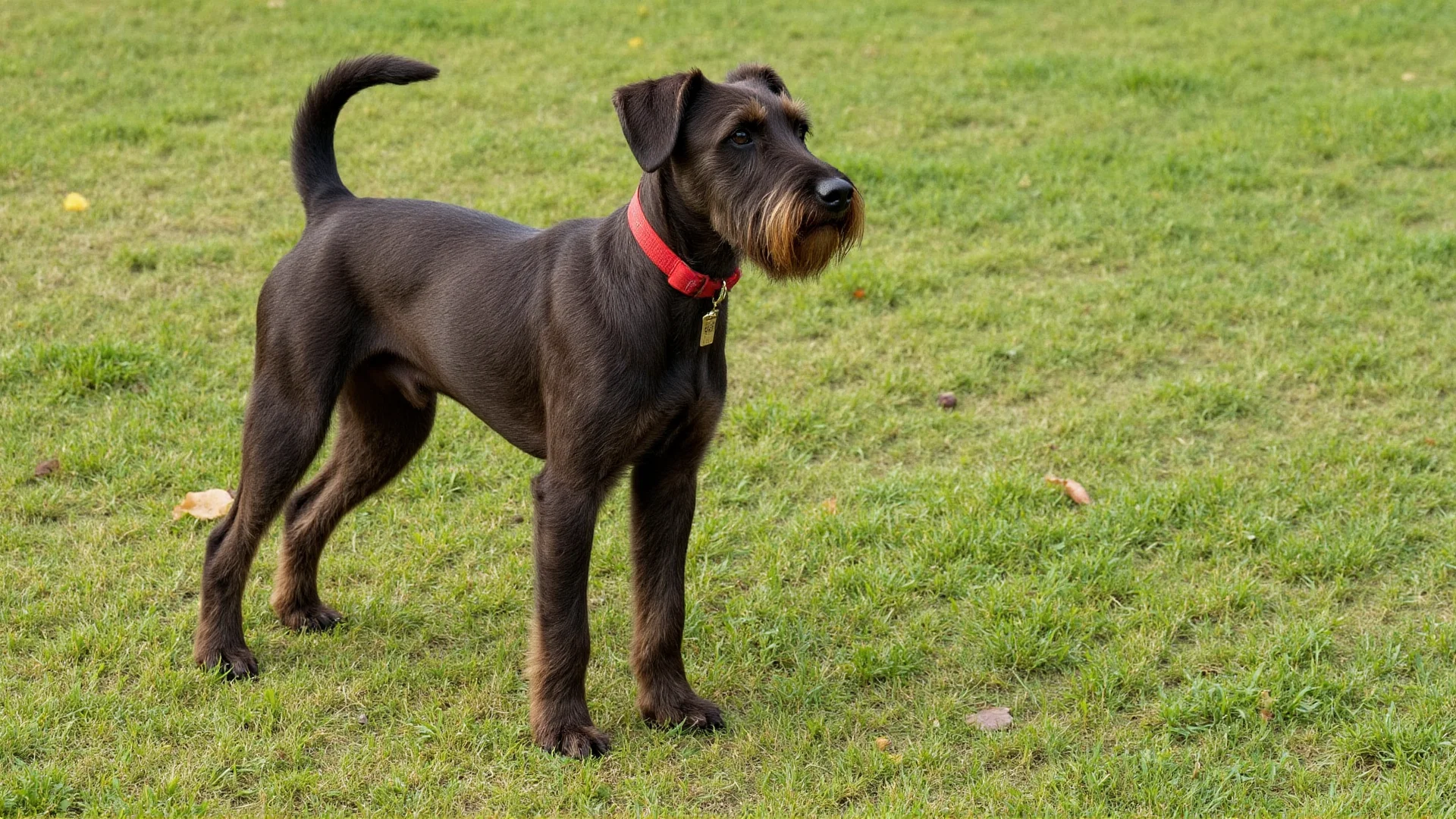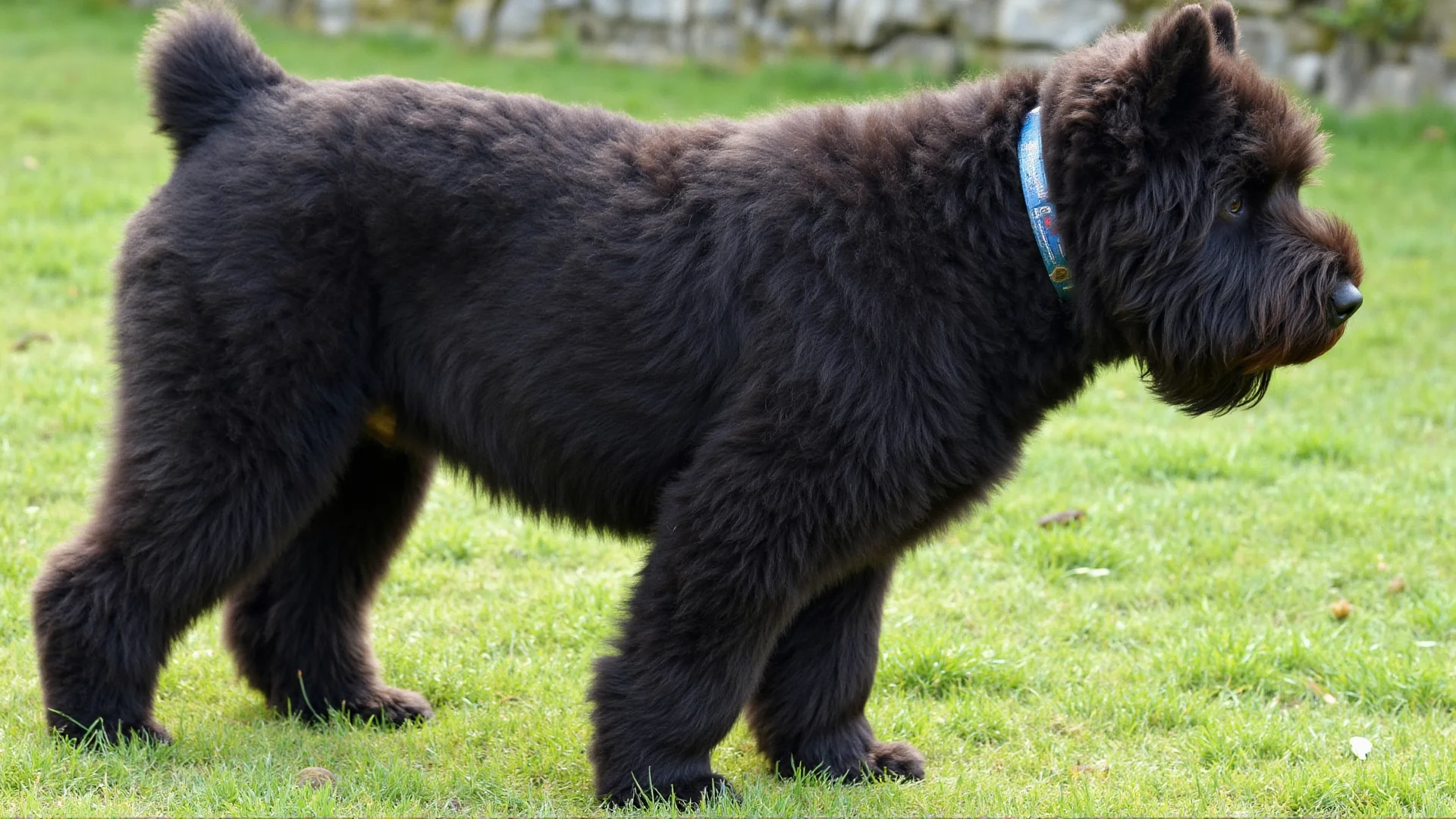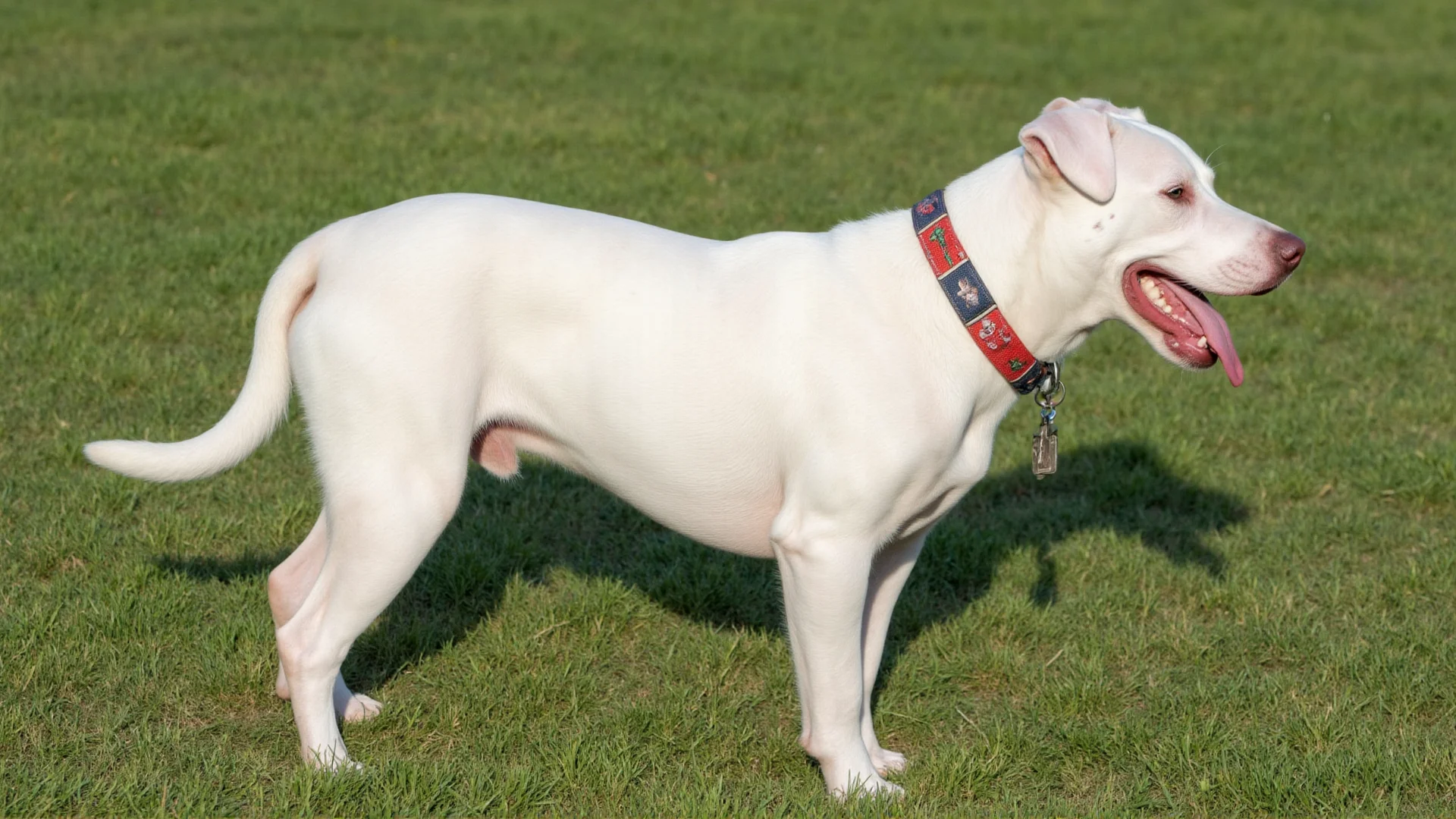Unleash Your Welsh Terrier's Energy: The Complete Exercise and Activity Guide
Welsh Terriers are bundles of energy wrapped in a compact, charming package. These spirited dogs were originally bred to hunt fox, badger, and other game in the rugged Welsh countryside, which means they come equipped with an incredible drive and stamina that modern pet owners need to understand and channel properly.
Understanding Your Welsh Terrier's Energy Profile
Before diving into exercise routines, it's crucial to understand what makes Welsh Terriers tick. These medium-sized terriers typically weigh between 20-22 pounds but pack the energy of dogs twice their size. Their energy isn't just physical—it's mental, emotional, and deeply rooted in their working heritage.
The Terrier Temperament
Welsh Terriers exhibit what behaviorists call "terrier intensity." This manifests as:
- High alertness: Always ready for action or adventure
- Strong prey drive: Quick to chase moving objects
- Mental acuity: Constantly processing their environment
- Physical stamina: Capable of sustained activity
- Independence: Self-motivated and sometimes stubborn
Understanding these traits helps explain why a simple walk around the block won't satisfy your Welsh Terrier's needs. They require activities that engage both their body and mind simultaneously.
Daily Exercise Requirements: More Than Just a Walk
Welsh Terriers need a minimum of 60-90 minutes of exercise daily, but this should be broken into multiple sessions and varied activities. Here's how to structure their exercise routine:
Morning Energy Burst (20-30 minutes)
Start the day with high-intensity activities that tap into their natural hunting instincts:
- Fetch variations: Use different toys and vary throwing distances
- Chase games: Let them pursue you or moving toys
- Quick training sessions: 5-10 minutes of commands with treats
- Backyard exploration: Supervised free play in a secure area
Midday Mental Stimulation (15-20 minutes)
Combat afternoon restlessness with brain-engaging activities:
- Puzzle feeders: Make mealtime more challenging
- Hide and seek: Hide treats around the house
- Training refreshers: Practice learned commands
- Interactive toys: Rotate toys to maintain interest
Evening Adventure (30-45 minutes)
End the day with longer, more exploratory activities:
- Structured walks: Vary routes and allow sniffing time
- Dog park visits: Socialization with appropriate supervision
- Hiking trails: New environments provide mental stimulation
- Agility practice: Set up simple obstacles at home
High-Energy Activities That Welsh Terriers Love
Terrier-Specific Sports and Games
Earthdog Trials
Nothing satisfies a Welsh Terrier's natural instincts quite like earthdog activities. These organized events simulate hunting scenarios in safe, controlled environments. Even if you can't participate in formal trials, you can create similar experiences:
- Build tunnel systems using large pipes or boxes
- Hide toys or treats at tunnel ends
- Encourage digging in designated sandbox areas
- Use squeaky toys to simulate prey sounds
Agility Training
Welsh Terriers excel at agility due to their athleticism and intelligence. Start with basic equipment:
- Jumps: Begin low and gradually increase height
- Tunnels: Collapsible tunnels for yard or indoor use
- Weave poles: Improve coordination and focus
- A-frames and dog walks: Build confidence and strength
Scent Work and Tracking
Tap into their exceptional nose with scent-based activities:
- Start with simple treat-finding games
- Graduate to specific scent discrimination
- Create scent trails in your yard
- Consider formal nose work classes
Mental Stimulation: Exercising the Terrier Brain
Physical exercise alone won't tire a Welsh Terrier—their active minds need engagement too. Mental stimulation can be as exhausting as physical activity and is crucial for preventing destructive behaviors.
Interactive Feeding Solutions
- Puzzle bowls: Slow down eating while providing mental challenge
- Treat-dispensing toys: Require problem-solving for rewards
- Snuffle mats: Hide kibble in artificial grass for foraging
- Frozen Kong toys: Extend eating time and provide entertainment
Training as Mental Exercise
Welsh Terriers are intelligent but can be stubborn. Keep training sessions short (5-10 minutes) but frequent:
- Basic obedience: Reinforce sit, stay, come, down
- Trick training: Teach fun behaviors like roll over, shake, spin
- Problem-solving games: Hide treats under cups or in boxes
- Impulse control exercises: "Wait" before meals or doorways
Environmental Enrichment
Change your dog's environment regularly to provide new mental challenges:
- Rotate toys weekly to maintain novelty
- Rearrange furniture occasionally
- Provide different textures to walk on
- Offer various safe objects to investigate
Seasonal Exercise Adaptations
Summer Energy Management
Welsh Terriers can overheat quickly due to their high energy and thick coat:
- Exercise during cooler morning and evening hours
- Provide access to shade and fresh water
- Consider indoor activities during peak heat
- Use cooling mats or vests for extended outdoor time
- Swimming can be excellent exercise if your dog enjoys water
Winter Activity Modifications
Cold weather doesn't diminish a Welsh Terrier's energy needs:
- Shorter but more frequent outdoor sessions
- Indoor agility courses using household items
- Stair climbing for cardiovascular exercise
- Interactive indoor games and puzzle toys
- Consider a dog coat for extremely cold temperatures
Warning Signs: When Energy Becomes Problematic
Insufficient exercise and mental stimulation can lead to problematic behaviors in Welsh Terriers. Watch for these warning signs:
Destructive Behaviors
- Excessive digging in inappropriate areas
- Chewing furniture, shoes, or household items
- Scratching at doors or walls
- Tearing up bedding or toys
Hyperactivity and Attention-Seeking
- Excessive barking or whining
- Jumping on people repeatedly
- Inability to settle or relax
- Pacing or restless behavior
Behavioral Regression
- Accidents in the house despite being house-trained
- Forgetting previously learned commands
- Increased aggression or resource guarding
- Escape attempts or increased wandering
Creating an Energy Management Schedule
Consistency is key when managing a Welsh Terrier's energy. Here's a sample daily schedule that you can adapt to your lifestyle:
Weekday Schedule
- 6:30 AM: 20-minute energetic play session
- 7:00 AM: Breakfast in puzzle feeder
- 12:00 PM: 15-minute training session with treats
- 6:00 PM: 45-minute walk or hike
- 8:00 PM: Interactive toy time
- 9:00 PM: Calm-down period before bed
Weekend Adventures
- Longer hiking expeditions
- Dog park visits for socialization
- Agility class or training sessions
- Beach or lake visits (if water-friendly)
- Organized playdate with other dogs
The Benefits of Proper Energy Management
When you successfully channel your Welsh Terrier's energy, you'll notice remarkable improvements:
Physical Health Benefits
- Maintained healthy weight and muscle tone
- Improved cardiovascular health
- Better joint flexibility and strength
- Enhanced immune system function
- Longer lifespan and better quality of life
Behavioral Improvements
- Calmer demeanor at home
- Better focus during training
- Reduced destructive behaviors
- Improved social skills with other dogs
- Stronger bond with family members
Mental Well-being
- Reduced anxiety and stress
- Better sleep patterns
- Increased confidence in new situations
- Enhanced problem-solving abilities
- Greater overall happiness and contentment




